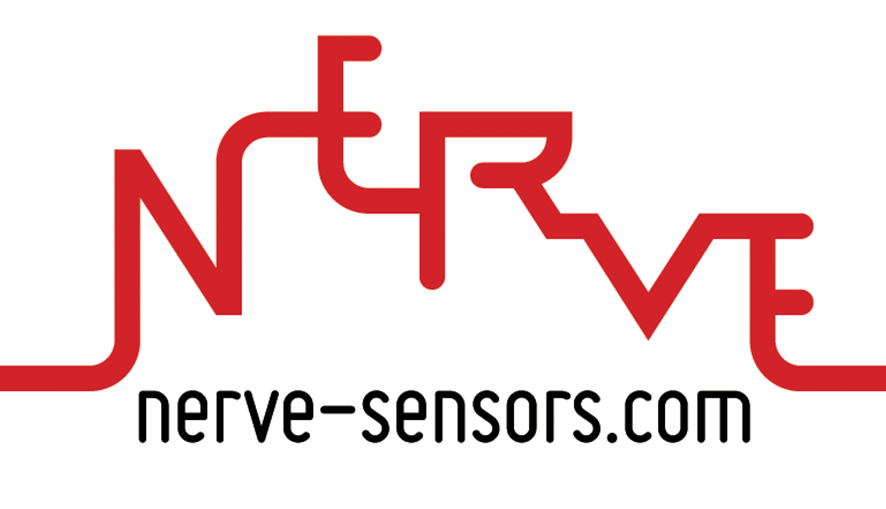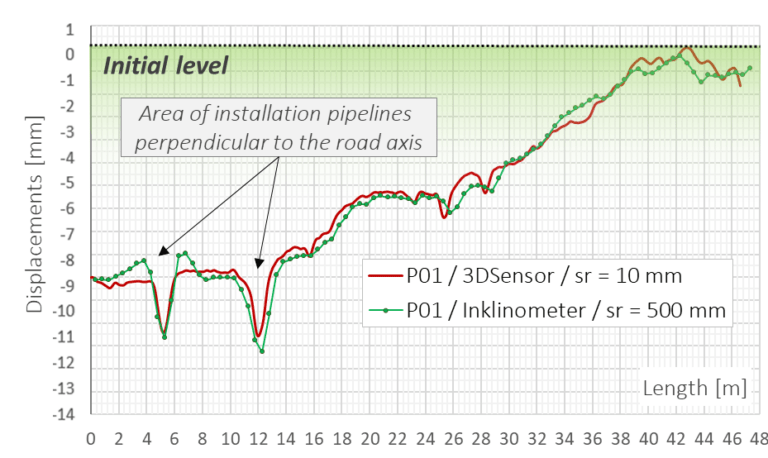Fatigue strain measurements in different layers of a road structure
EpsilonSensors were embedded inside the laboratory field, simulating the real road structure. Both longitudinal (X) and transverse (Y) sections were investigated at two levels: in the aggregate (lower) and asphalt (upper) layer. The internal nervous system allowed for detailed analysis of structural behaviour (strain distributions over the length and strain development over time) during fatigue loads (1,000,000 load cycles). Data were used for FEA validation and further optimisations.
DFOS Sensors Installed: EpsilonSensor
Project challenges
Benefits of using the DFOS monitoring system
Results of using the DFOS monitoring system
The plots above show example (at selected time) strain distributions over the length of the sensors embedded inside the aggregate and asphalt layer. At the same time, two layers and two directions (X, Y) were investigated with 25 Hz frequency.
Technical specifications
Example results
Recomendations (optional)
Lorem ipsum dolor sit amet, consectetur adipiscing elit, sed do eiusmod tempor incididunt ut labore et dolore magna aliqua. Ut enim ad minim veniam, quis nostrud exercitation ullamco laboris nisi ut aliquip ex ea commodo consequat.
John Doe
Project partner









